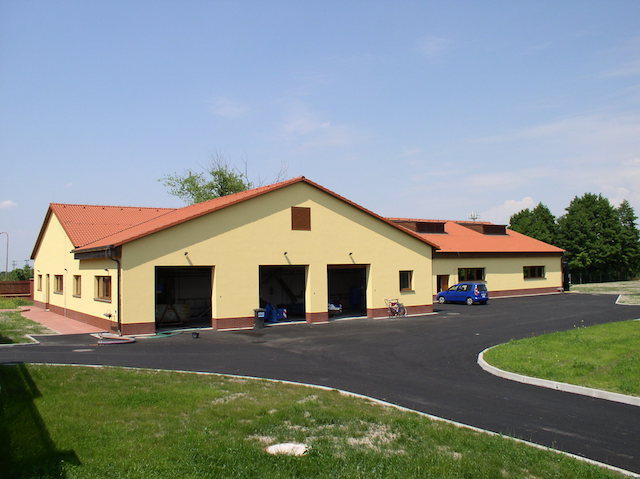Leopoldov
Industrial and sewage / Biofuels
We provide our clients with mechanical and biological waste water treatment plants within a wide range of capacities that can be fully adapted to their requirements. Depending on the size and location of the WWTP, we offer sewage treatment in concrete, steel and plastic tanks as well as compact (container) WWTPs.
The advantages of our WWTPs are, above all, minimal space requirements, appropriate integration into the existing environment, as well as the possibility to choose between a covered and an underground object. Do not worry about unwanted smell, harmful emissions or noise.

Wastewater treatment plant for the bakery is in the execution project stage. Capacity of WWTP is the same as for a city with approximately 22,000 inhabitants. Technology used within the plant is divided into 2 sections. The first one is a mechanical part involving rotary sieve, accumulation tank and flotation unit. The main function is to remove bigger particles from wastewater, equalize water quality and remove part of pollution. The second part of the WWTP is a biological stage, where water is treated up to the required parameters with help of activated sludge (microorganisms).
A model example of the design and gradual implementation of pre-treatment of industrial wastewater is a project for treatment of wastewater from textile industry. It is a production of textiles used mainly for hot air balloons. Most of the pollution comes from the dyeing line. The beginning of this project consisted of pilot tests of wastewater treatment using flotation, which lasted roughly 2 months. During this period the ability to remove pollution with such technology was demonstrated, so the customer ordered a proven solution.
One of our current customers is interesting because they produce ammunition. No industrial wastewater is produced directly in the production, but some volume is produced by employees and productions located near the factory. The project design involved effective use of existing tanks and transformation of biofilm technology into a conventional system of aerated and mixed tanks with suspended activated sludge.